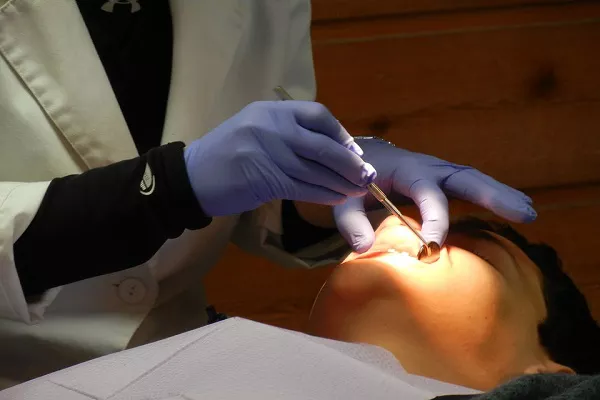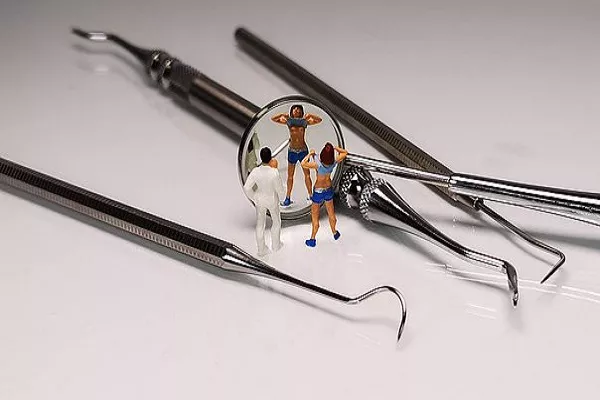Retractive orthodontics is a type of orthodontic treatment that focuses on moving the teeth backwards, or towards the back of the mouth. This approach is used to correct certain types of malocclusions, such as a protruding or overjet bite.
According to web articles from sources such as the American Association of Orthodontists (AAO) and Colgate, retractive orthodontics typically involves the use of braces or clear aligners to gradually move the teeth into the desired position. In some cases, headgear or other appliances may also be used to assist with the tooth movement process.
While retractive orthodontics can be an effective way to correct certain types of malocclusions, it is important to note that it is not suitable for every patient. According to the AAO, this approach is typically recommended for patients who have a protruding or overjet bite, but may not be appropriate for those with other types of malocclusions.
Additionally, as with any orthodontic treatment, there are potential risks and side effects associated with retractive orthodontics. These can include tooth sensitivity, gum irritation, and temporary pain or discomfort during treatment.
It is important to discuss all options and potential risks with an orthodontist to determine if retractive orthodontics is the right choice for you. While this approach can help correct certain types of malocclusions, it is not a one-size-fits-all solution and may not be appropriate for every patient.
In conclusion, retractive orthodontics is a type of orthodontic treatment that focuses on moving the teeth backwards to correct certain types of malocclusions. This approach typically involves the use of braces or clear aligners, and may also involve the use of headgear or other appliances. However, it is important to consider all options and potential risks with an orthodontist to determine if retractive orthodontics is the right choice for your individual needs.
































